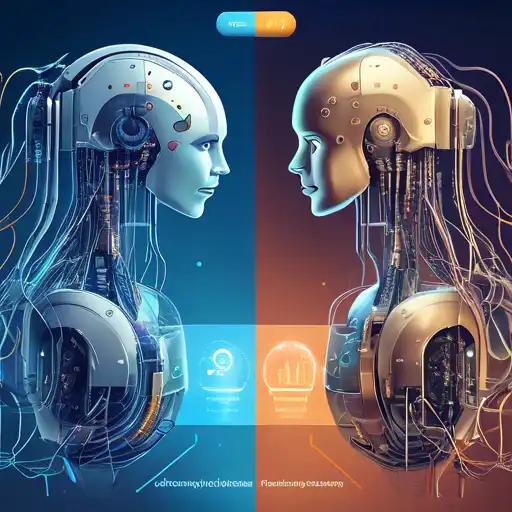Introduction to Machine Learning and Deep Learning
In the realm of artificial intelligence (AI), Machine Learning (ML) and Deep Learning (DL) are two pivotal technologies that have transformed how machines interpret data. While they share common ground, their approaches and applications differ significantly. This article delves into the key differences between ML and DL, offering insights into their unique characteristics and uses.
What is Machine Learning?
Machine Learning is a subset of AI that enables systems to learn from data, identify patterns, and make decisions with minimal human intervention. ML algorithms are trained using large sets of data, and they improve their accuracy over time without being explicitly programmed to do so.
What is Deep Learning?
Deep Learning, a more advanced subset of ML, utilizes neural networks with many layers (hence 'deep') to analyze various factors of data. DL models are capable of learning unsupervised from data that is unstructured or unlabeled, making them incredibly powerful for complex problem-solving.
Key Differences Between Machine Learning and Deep Learning
Data Dependency
One of the primary differences lies in their data dependencies. DL algorithms require vast amounts of data to perform well, whereas ML algorithms can work with smaller datasets.
Feature Engineering
In ML, feature extraction and selection are manual and require domain expertise. DL, on the other hand, automates this process, reducing the need for human intervention.
Computational Power
DL models are computationally intensive, often requiring high-performance GPUs for training. ML models are less demanding, making them more accessible for standard computing environments.
Interpretability
ML models are generally easier to interpret and explain, making them preferable for applications where understanding the decision-making process is crucial. DL models, with their complex architectures, are often seen as 'black boxes'.
Applications of Machine Learning and Deep Learning
ML is widely used in spam detection, recommendation systems, and fraud detection. DL excels in more complex tasks such as image and speech recognition, natural language processing, and autonomous vehicles.
Conclusion
While Machine Learning and Deep Learning are interconnected, their differences in data dependency, feature engineering, computational power, and interpretability make them suitable for distinct applications. Understanding these differences is crucial for selecting the right approach for your AI projects.
